Taste Your Way Through Italy, One Ingredient-Specific Museum at a Time
The Emilia Romagna region has 25 food museums, each dedicated to a beloved food item – ranging from balsamic vinegar to Parmesan cheese
/https://tf-cmsv2-smithsonianmag-media.s3.amazonaws.com/filer/c3/31/c3312951-ef52-4c43-9e42-cce5f545b91c/foto_corridoio_rossi_enoteca.jpg)
Just north of the Apennine Mountains in Italy sits the country’s Food Valley, the Emilia-Romagna region. The region stretches from the mountains north to the Po River, east to Ravenna, and west just past Parma, with Bologna as its capital. Inside its borders, locals celebrate a rich cultural food heritage. Emilia-Romagna boasts 44 PDO (Protected Designation of Origin) and PGI (Protected Geographical Indication) food products.
Thanks to Emilia-Romagna’s location, bounded by the sea, rivers, and mountains, the climate and land have lent themselves to cultivation, winemaking and food production for centuries—so much so that this part of Italy is considered to be the gastronomic heart of the country.
In celebration of the region’s rich heritage in food and wine, 25 museums, each dedicated to a different ingredient, form a self-guided road trip across the Food Valley. Granted, 25 museums are hard to cover in one trip. Consider paring your visit down to these seven main spots.
Museo del Parmigiano Reggiano; Soragna
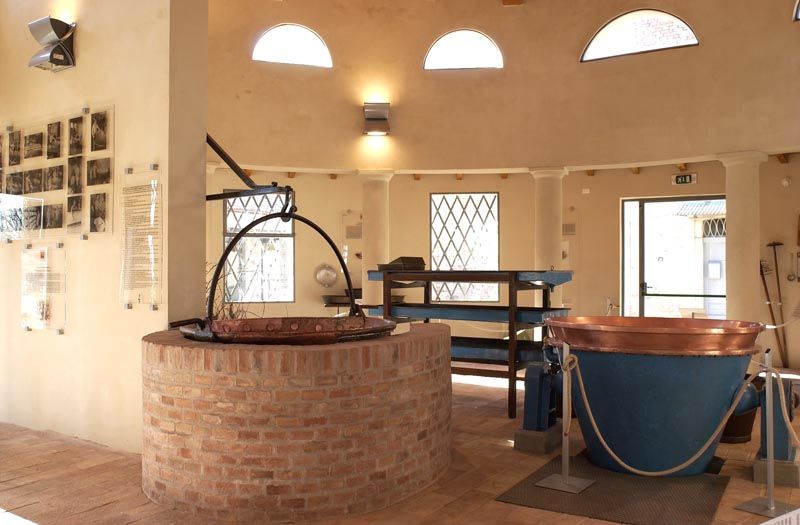
Perhaps the quintessential Italian cheese, this museum celebrates Parmigiano Reggiano. It’s housed in an old tollbooth—that was actually a working dairy until 1977—at the Rocca Meli Lupi, a palace and castle built in 1385 by the Meli Lupi family on land deeded to them by Charles IV. The building has been restored to show the inner workings of an early 1900s cheese factory. Inside is a large circular room holding antique cheesemaking equipment, like a copper bell boiler from the 800s, a hand-drawn milk cart, and an antique churn. The basement is the old salting room from the 1960s, with an exhibit of old photographs and drawings of the salting process before immersion salting became the norm for cheese production. Every trip to the museum ends with a cheese tasting of samples matured for varying years.
Museo del Balsamico Tradizionale; Spilamberto
The Museum of Traditional Balsamic Vinegar pays homage to a local custom in Spilamberto and throughout Italy: making balsamic vinegar and, traditionally, aging it for 25 years. Families in the town often start aging a barrel of balsamic vinegar when a child is born in order to have the finished product as an inheritance. The museum itself resembles a large aging barrel in the first room, which covers the production process for three different types of balsamic—the standard wine balsamic, a 12-year refined vinegar, and the traditional 25-year version. After that room, the tour of the museum moves to a cooking room with large copper cauldron on display, and then heads through a shop to discuss barrel making. The end of the tour is in a museum with 118 aging barrels of balsamic and a bottle from 1785.
Museo del Prosciutto di Parma; Langhirano
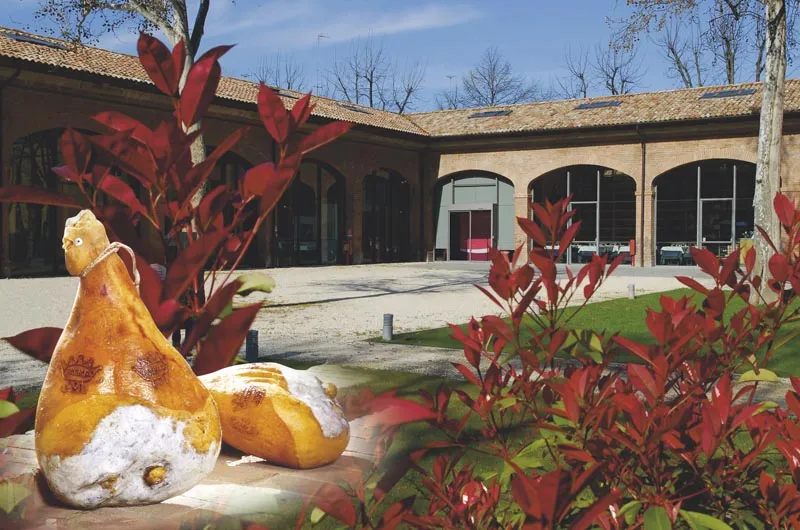
Aptly located, the Parma Ham Museum occupies a building from 1928 right in the middle of the former cattle market. Nearby is an old slaughterhouse. Antique iron rings that were once used to corral cattle are still attached to the internal portico of the museum building. The museum has eight sections inside, plus a tasting room. Visitors learn about the history of prosciutto, how the meat is processed and prepared (both before it’s ready and when it’s about to be served), the butchers who prepare the meat, sausage making, and even the salt used to cure the meat. Tastings of local meats are available as well.
Museo del Sale; Cervia
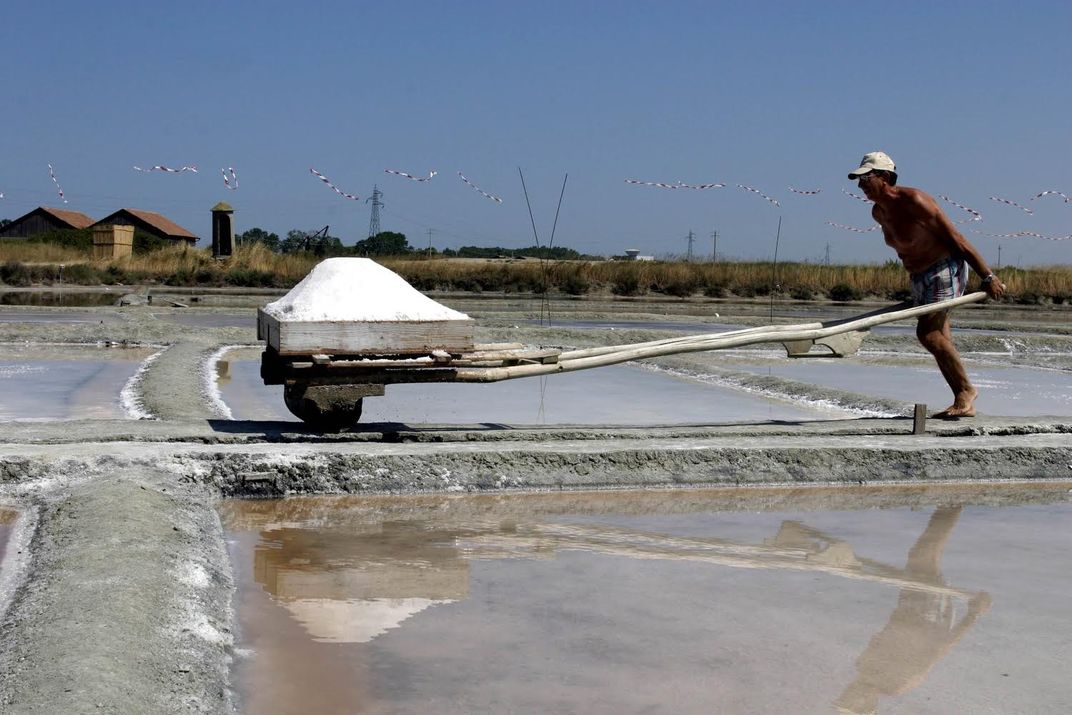
No one really knows for sure when Cervia became a hub of salt production; it was already in full operation as early as Roman times. And the salt here is something special—it’s a bit sweeter than typical sea salt. The Cervia Salt Museum celebrates this heritage and the unique salt produced on-site. It’s housed in a salt storage tower from the ancient saltworks and also encompasses the last remaining saltpan left at the complex. Exhibits not to miss include a 3D model of how salt production worked at the site coming inland from the coast, a glass case showcasing intricate salt crystals, first-hand accounts from an actual salt worker, and multimedia stations exploring the physics and chemistry of salt itself.
Museo Casa Artusi; Forlimpopoli
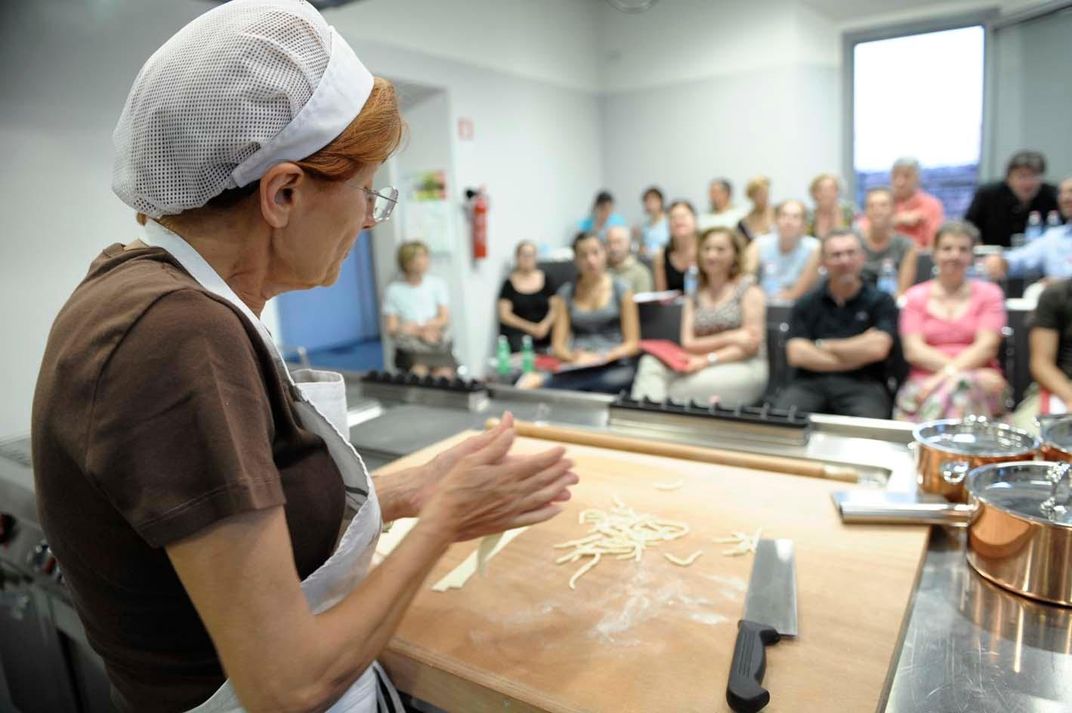
Casa Artusi isn’t exactly dedicated to single ingredient; rather, it’s dedicated to an entire cooking style. The museum focuses on the art of Italian home cooking, something the museum’s namesake, Pellegrini Artusi, pioneered. He is considered the father of modern cookery, authoring “Science in the Kitchen and the Art of Eating Well” during his life in the 1800s. The book is now known to be a manual of Italian cooking. At Museo Casa Artusi, guests will find two libraries—both a civic one and Artusi’s own private collection—plus a restaurant, event space, wine tastings, and a cooking school.
Museo del Formaggio di Fossa; Sogliano al Rubicone
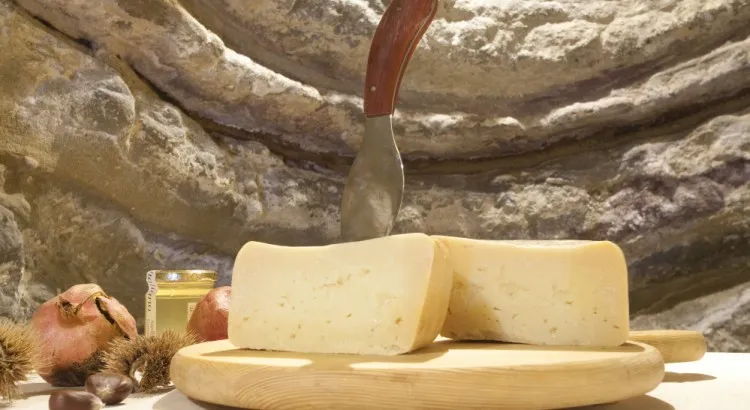
Similar to the Parmigiano Reggiano museum, the Museo del Formaggio di Fossa highlights a specific type of cheese—local Italian aged “ditch” cheese. This specific cheese is aged underground, in a ditch dug out just for that purpose. No one knows when exactly the tradition of burying cheese to age it began, but some think it may date back to the Middle Ages, when people would bury goods (including cheese) to hide them from invading enemies. The museum is on an old farm, inside a cheese ditch dating back to the 1200s to 1400s, and the family that lives on the farm today continues the traditional way of cheesemaking. Guests will explore the history of ditch cheese and can even bring their own cheese to age in the pit.
Enoteca Regionale Emilia Romagna; Dozza
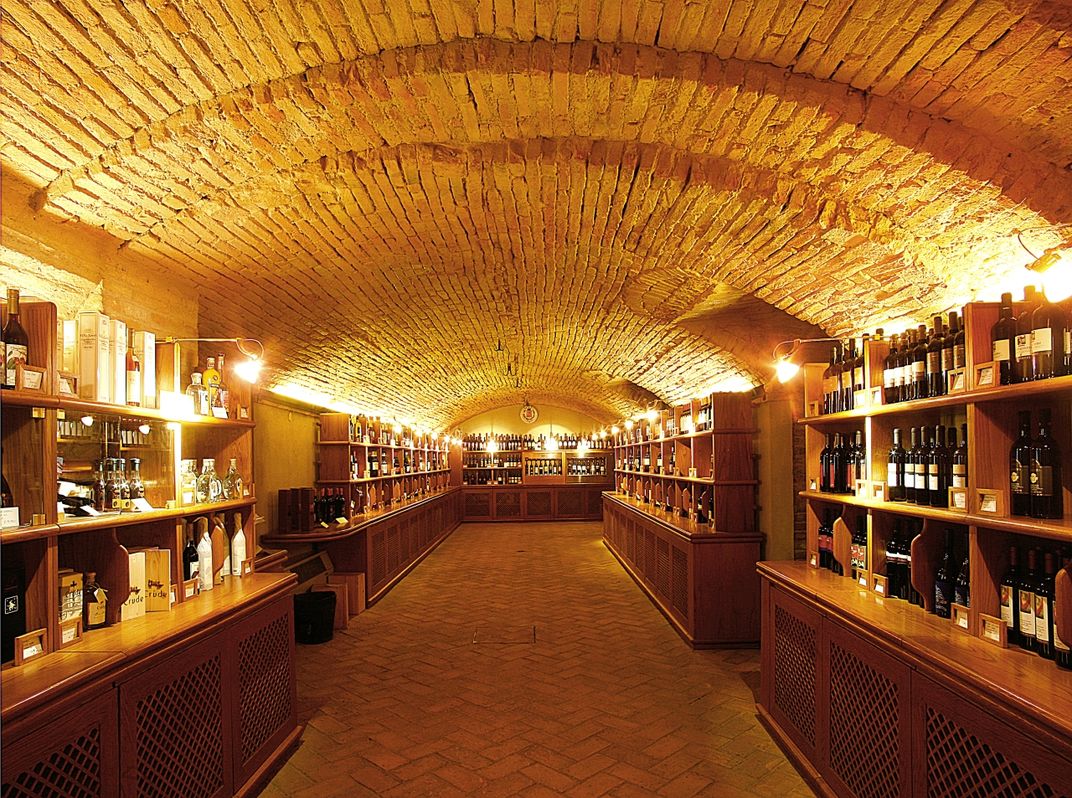
For wine lovers, the Enoteca Regionale is more an experience than a museum. It’s located in a 13th-century castle and is dedicate to the regional wines of Emilia-Romagna. A typical tour of the museum runs like an Italian dinner, with four courses all paired with local wines. But guests can also explore an exhibition room with antique wine production objects and try a variety of tastings at different stalls throughout the facility on Sundays. All told, Enoteca Regionale holds about 800 different local labels. Visitors can take courses about local wines on-property from trained sommeliers.
/https://tf-cmsv2-smithsonianmag-media.s3.amazonaws.com/accounts/headshot/JenniferBillock.png)
/https://tf-cmsv2-smithsonianmag-media.s3.amazonaws.com/accounts/headshot/JenniferBillock.png)